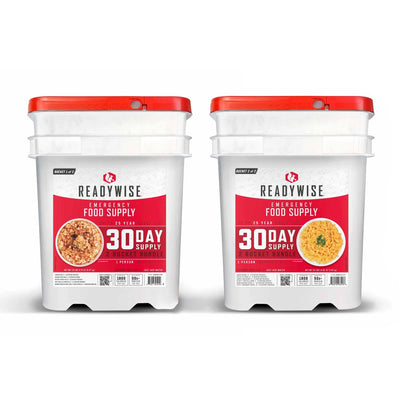What To Do During An Earthquake
The recent earthquakes in Nepal were truly devastating, as thousands of people lost their lives and countless homes were destroyed. Because parts of the United States are susceptible to earthquakes, such as the entirety of the west coast, it’s important for people to understand how to stay safe during an earthquake. Here are a few tips, sourced from the CDC, concerning what to do when you’re caught either outside or indoors during an earthquake.
Outdoors: If you’re outside when the ground begins to shake, it’s vital that you remember that one of the most dangerous places to be is near a building. Oftentimes windows, plaster and architectural details, artificial facades and so on are the first things to shatter and fall during an earthquake. Additionally, power lines may fall during a shake, so it’s critical to steer clear of them, as well. If you’re caught outside, move away from the nearest buildings to a clear, open area. Get down on your hands and knees and cover your head and neck in case anything should fall and be thrown in your direction from a nearby building. Also, because it’s difficult to walk during an earthquake, don’t try to flee inside a building—something may fall on you in the process. It’s best to get to an open area and to remain there until the shaking stops. If you’re in a car, park the car quickly either near a sidewalk or on the shoulder of a road—but also make sure that you’re not too close to a nearby building, for the same reasons mentioned above. Engage the parking brake and stay put—your car’s shocks will absorb most of the shaking, and your car should protect you from minor items that might fall from nearby buildings. As noted by the CDC, if a power line falls on your car, stay put. Simply wait until a trained professional can remove the live line.
Indoors: If you’re inside when an earthquake strikes, do your best to relocate somewhere quickly where nothing can fall and strike you. Windows, heavy appliances or fragile picture frames should all be avoided. If you can, drop to your hands and knees and take cover under a desk (the desk will offer protection from falling objects, which often cause the most injuries and fatalities during an earthquake). If you can’t get under a desk, brace yourself against a wall or a piece of furniture, and as mentioned previously, make sure to cover your head and neck with your hands. Also, if you’re in the kitchen when the earthquake hits, make sure that the gas is off. Broken gas lines have been known to cause fires after earthquakes, such as with the famous 1906 earthquake in San Francisco. Lastly, and this is rather critical, do not seek out a doorway during an earthquake. Doorways are not structurally stronger than other features in modern homes, and they also don’t offer protection from falling items.
After the earthquake: Gas, power and water may shut off or becoming unavailable during an earthquake. Depending on the severity of the quake, it could take a while for the utilities to come back on, so it’s important that you have enough food, water and emergency medical supplies to last you and your family for three days. Also, if the power’s off, having access to candles and flashlights is important. Furthermore, while many emergency foods don’t need to be cooked, having a portable gas stove on hand might be a good idea.
While there are never any guarantees when you’re dealing with Mother Nature, by educating yourself on how to stay safe during an earthquake, and by also stockpiling emergency supplies, you can at least rest assured that you’ve done everything in your power to be prepared when an earthquake strikes.
Source:
http://emergency.cdc.gov/disasters/earthquakes/during.asp

















































































This is an excellent example of quality and commitment.